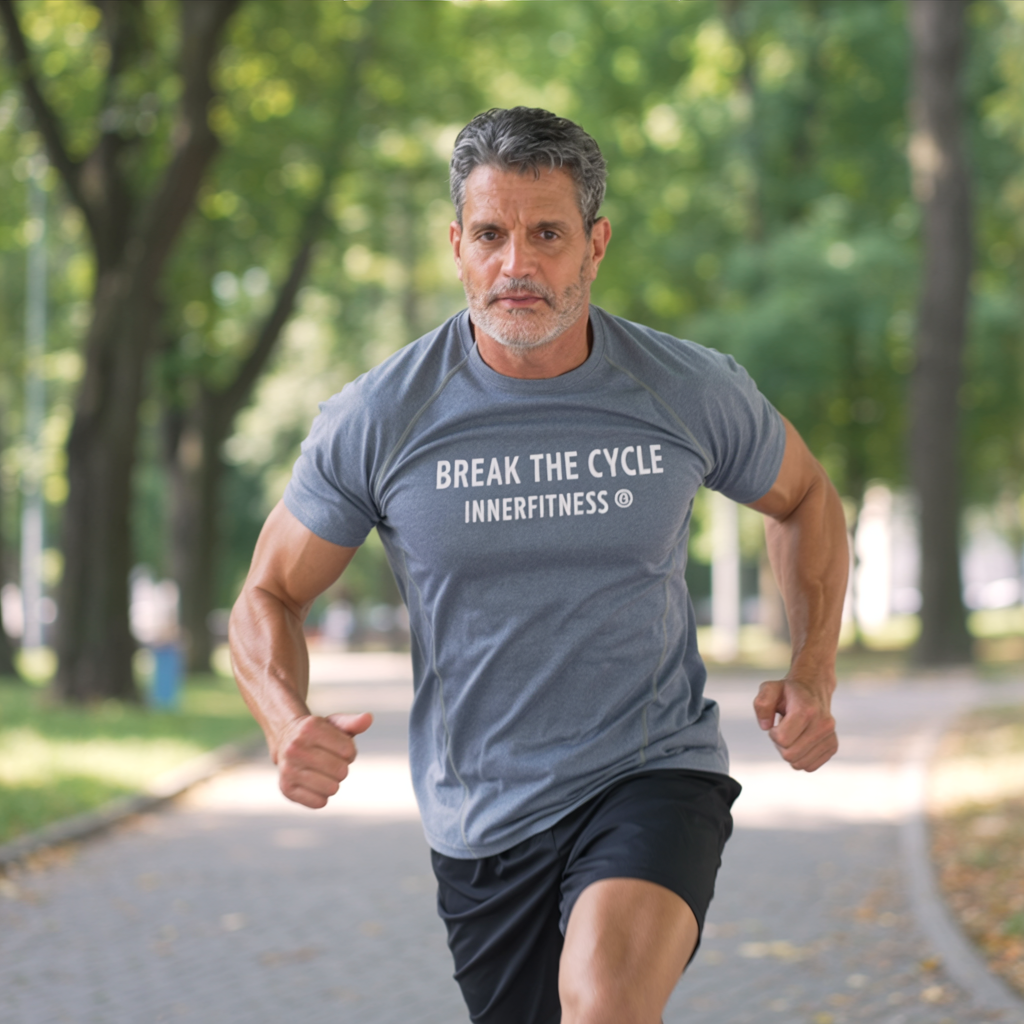
Activity: The Antidote to Anxiety
- Blog
- By NordineZouareg
“Anxiety thrives in stillness and spirals in inaction—but the moment you move your body or engage your mind in purposeful activity, worry loses its grip.” – Nordine Zouareg
The Hidden Nature of Anxiety
Anxiety thrives in the shadows of inaction. It feeds on stillness—not the peaceful kind born of mindfulness, but the paralyzing kind that comes from mental stagnation and emotional inertia.
When your mind spins in circles of fear, regret, or worry, it begins to suffocate your energy and steal your presence. The antidote isn’t to think your way out—it’s to move.
Anxiety Is Not an Enemy—It’s a Signal
We often treat anxiety like an enemy to be silenced. But what if anxiety isn’t a monster to fight, but a messenger to listen to? Its presence tells you something important: you’re stuck. Not stuck in life necessarily—but stuck in your head.
Anxiety arises when energy is trapped between thought and action. The longer you stay frozen in overthinking, the louder it becomes. That inner restlessness is not your mind betraying you—it’s your body asking for movement, for flow, for release.
The Physiology of Action
When you take action—no matter how small—something extraordinary happens. Movement triggers the release of endorphins, dopamine, and serotonin—the brain’s natural antidepressants. Your heart rate increases, oxygen flows, and your nervous system recalibrates.
Science confirms what ancient wisdom has long known: the body leads, and the mind follows.
You don’t need to run a marathon or climb a mountain. A simple walk, a creative task, or helping someone else can shift your physiology. You change your internal chemistry from “fight or flight” to “flow and presence.” That small act of doing pulls you out of the anxious fog and back into the world of now.
Action as Medicine
Anxiety grows where there is emptiness—when time stretches without purpose or engagement. The cure is not busyness, but purposeful movement.
There’s a difference between distraction and direction. Distraction numbs. Direction heals.
When you engage in something meaningful—a conversation, a workout, a creative project—you redirect your energy from rumination to expression. You turn mental chaos into physical clarity. What once felt heavy begins to move through you, like a storm that finally finds a path to release its rain.
Let the Body Lead the Mind
The beauty of action is that it bypasses resistance. You don’t need to wait to “feel ready.” You simply begin. As you move, your mood follows. As you act, your confidence rebuilds.
The body is wiser than we give it credit for. It knows how to ground you in the present moment, how to quiet the noise of what-ifs and should-haves. When the mind is trapped in tomorrow’s worries, the body can gently guide it home—to now.
From Paralysis to Purpose
The next time anxiety tightens its grip, resist the urge to retreat into mindless stillness. Don’t freeze—move.
Take one small action. Make your bed. Step outside. Write one line. Call a friend. Do one thing that connects you to life again.
Just break the cycle!
Action doesn’t need to be grand to be powerful. It just needs to begin. Movement is more than a physical act—it’s a spiritual decision. It says, “I refuse to be defined by fear.”
Every step forward, no matter how small, tells your nervous system: I am safe. I am capable. I am in motion.
Your Turn
What simple activity helps you break free from anxious thoughts—and how can you make it a daily ritual?
Remember: activity is not avoidance—it’s alignment. When you move with purpose, you reclaim your power. Anxiety loses its grip, and presence takes its place.
Call to Action
The next time anxiety visits, don’t freeze—move. Do one small thing that reminds you: you are in control of your energy, your focus, and your life.
Move. Breathe. Act. Because the cure for overthinking will never be more thinking—it will always be movement.
Compassionate Disclaimer
This article is meant to inspire reflection, growth, and self-awareness, but it is not a substitute for professional mental health care. If you or someone you know is experiencing emotional distress, anxiety, depression, or any mental health challenge, please reach out for help. There is strength in seeking support.
Consult with a qualified mental health professional, counselor, or physician who can provide the guidance and care you deserve. Remember: asking for help is not a sign of weakness—it’s an act of wisdom, courage, and self-love.
— Nordine Zouareg | InnerFitness® — Transforming Lives from the Inside Out™

